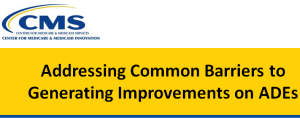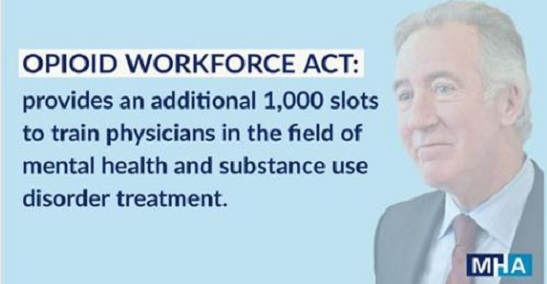ADE Summary:
Medications are the most common intervention in health care and are also most commonly associated with adverse events in hospitalized patients. Older hospitalized patients are at higher risk of adverse drug events , in part due to their increased use of medications and co morbid conditions such as kidney and liver disease. An increase in the number of medications increases the likelihood of drug-drug and drug-disease interactions.
Not all medications in clinical use are of equal risk to patients. Serious adverse events appear to be caused by relatively small number of medications. The Institute of Medication Practice has identified a number of medications that they consider to be "high-alert medications." These are defined by The Joint Commission as those medications which are more likely to be associated with harm than other medications-they cause harm more commonly, the harm they produce is likely to be more serious, and they "have the highest risk of causing injury when misused."
Because of the complexity of attempting to identify and prevent all ADE's, focusing surveillance and prevention of high alert medications may be a more prudent approach. The Institute for Healthcare Improvement's 5 Million Lives campaign found that focusing on a few groups of high alert medications: anticoagulants, narcotics and sedatives, and insulin would have the greatest impact. These medications, due to their high volume of use coupled with their inherent risks and, are responsible for the majority of harm due to all high-alert medications.
Getting Started Kit: Prevent Harm from High-Alert Medications How-to Guide.
National Action Plan for Adverse Drug Event Prevention
The National Action Plan for Adverse Drug Event Prevention (ADE Action Plan) was established to address two key objectives: (1) identify common, preventable, and measurable adverse drug events (ADEs) that may result in significant patient harm; and (2) align the efforts of Federal health agencies to reduce patient harms from these specific ADEs nationally.
On the basis of national ADE data from inpatient and outpatient settings, three types of ADEs were considered to be common, clinically significant, preventable, and measureable, and were therefore selected as the high-priority targets of the ADE Action Plan. The three initial targets of the ADE Action Plan are:
- Anticoagulants (primary ADE of concern: bleeding)
- Diabetes agents (primary ADE of concern: hypoglycemia)
- Opioids (primary ADE of concern: accidental overdoses/oversedation/ respiratory depression)
Partnership for Patients Pacing Event
 Presentation reviews: Understand how ADEs are a critical component to the national operating system and to evolving a hospital's culture of safety.
Presentation reviews: Understand how ADEs are a critical component to the national operating system and to evolving a hospital's culture of safety.
Share national and HEN ADE performance rates and assess opportunities for improvement.
Discuss strategies to overcome barriers to generate improvement in ADE rates in all three high-risk medication classes.

MHA Joins Congressman Richard Neal in Supporting the Opioid Workforce Act
MHA and our colleagues throughout the state thank Congressman Richard Neal for his tireless advocacy in making sure we have the clinicians we need to address the #opioid crisis. We join Congressman Neal in supporting the Opioid Workforce Act. #mapoli Read more... ...» Full Article
